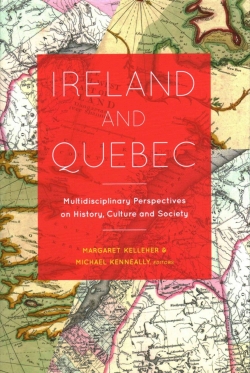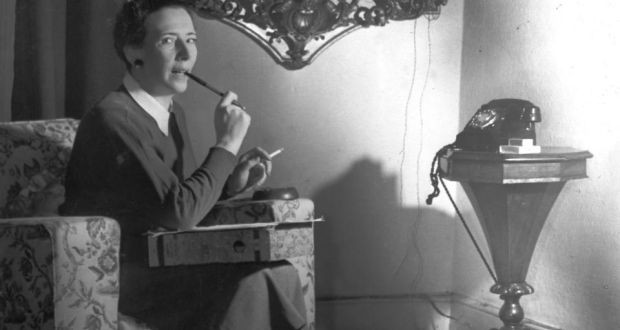This past June, a book entitled Ireland and Quebec: Multidisciplinary perspectives on history, culture and society was launched at the Canadian Embassy in Dublin, Ireland. On September 29, Ireland and Quebec will be launched in Canada by His Excellency, Jim Kelly, Ambassador of Ireland to Canada, at Concordia’s School of Canadian Irish Studies.
Consisting of fourteen essays, the book contains four contributions from Concordia professors including Michael Kenneally, Gearóid Ó hAllmhuráin, Jean-Philippe Warren and Rhona Richman Kenneally.
For Rhona Richman Kenneally, professor and former chair of the Department of Design and Computation Arts and a fellow in the School of Canadian Irish Studies, exploring mid-twentieth-century Irish domestic space is fascinating.
“My intention is to highlight, within the Irish national narrative, the historic experiences of the women of the house, and also of the individuals and organizations that promoted, supported, and helped to empower them,” says Richman Kenneally. Her work focuses on the grass roots level of the Irish household during the 1950s and 1960s, a period of major transformation of domestic technologies that were enabled by electrification and communicated through the popular culture of the day. It offers a nuanced perspective on Irish women's work in domestic space in ways that resonate with such present-day issues as caregivers’ rights and recognition; it empowers those who experienced these changes by enabling their stories to be incorporated into the Irish historiography; and it employs design discourse on spatiality and materiality to explore previously under-utilized archival material on architecture, design, and women's domestic achievements and agency.

 Ireland and Quebec: Multidisciplinary perspectives on history, culture and society. Photo Credit: Four Courts Press
Ireland and Quebec: Multidisciplinary perspectives on history, culture and society. Photo Credit: Four Courts Press
 Maura Laverty, writer and chef. Photo Credit: The Irish Times
Maura Laverty, writer and chef. Photo Credit: The Irish Times